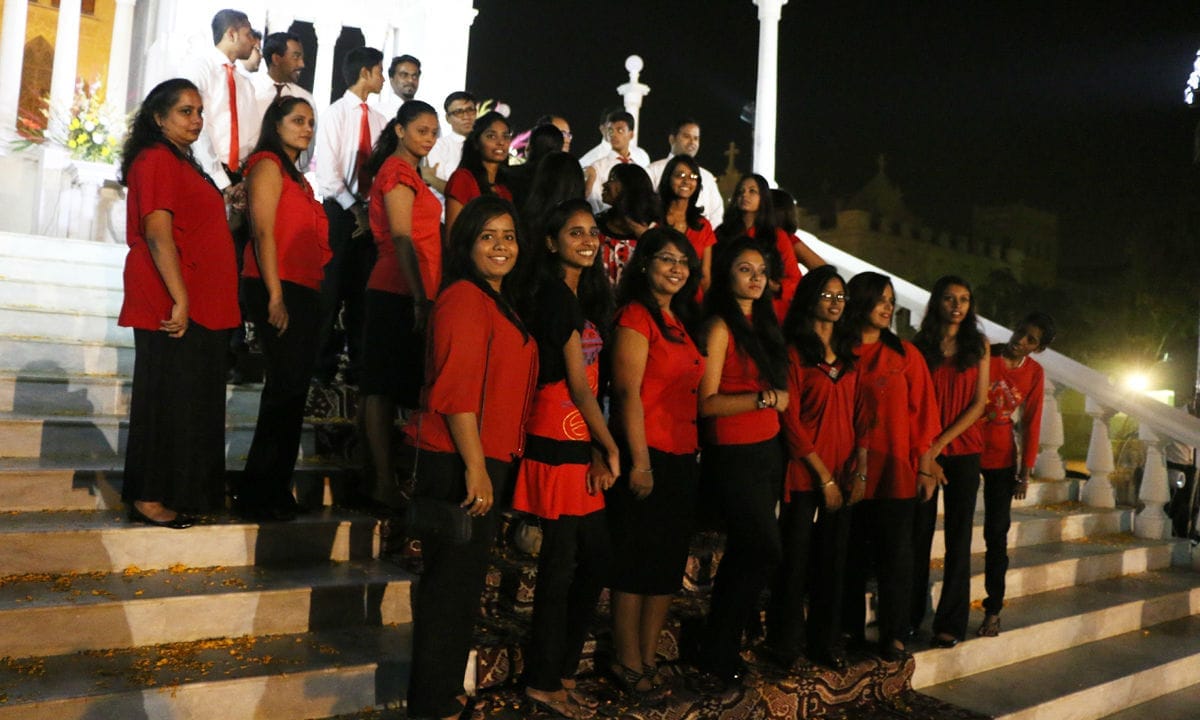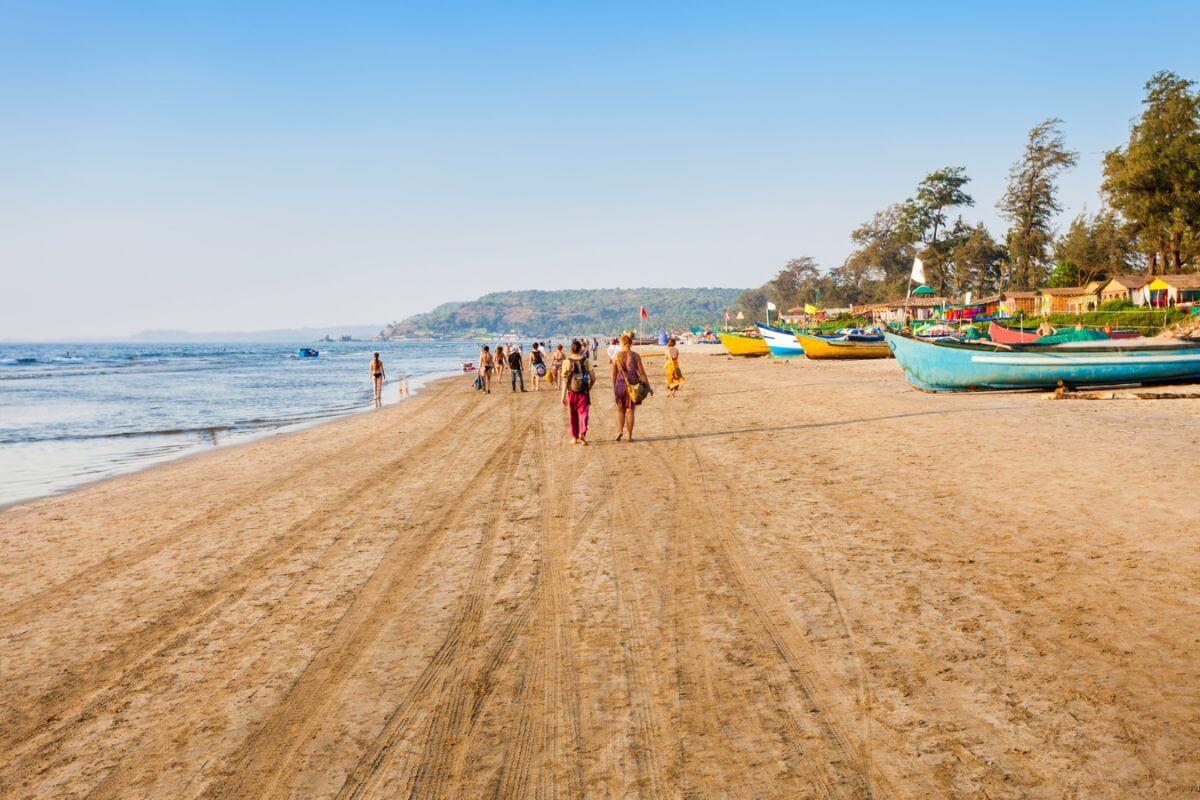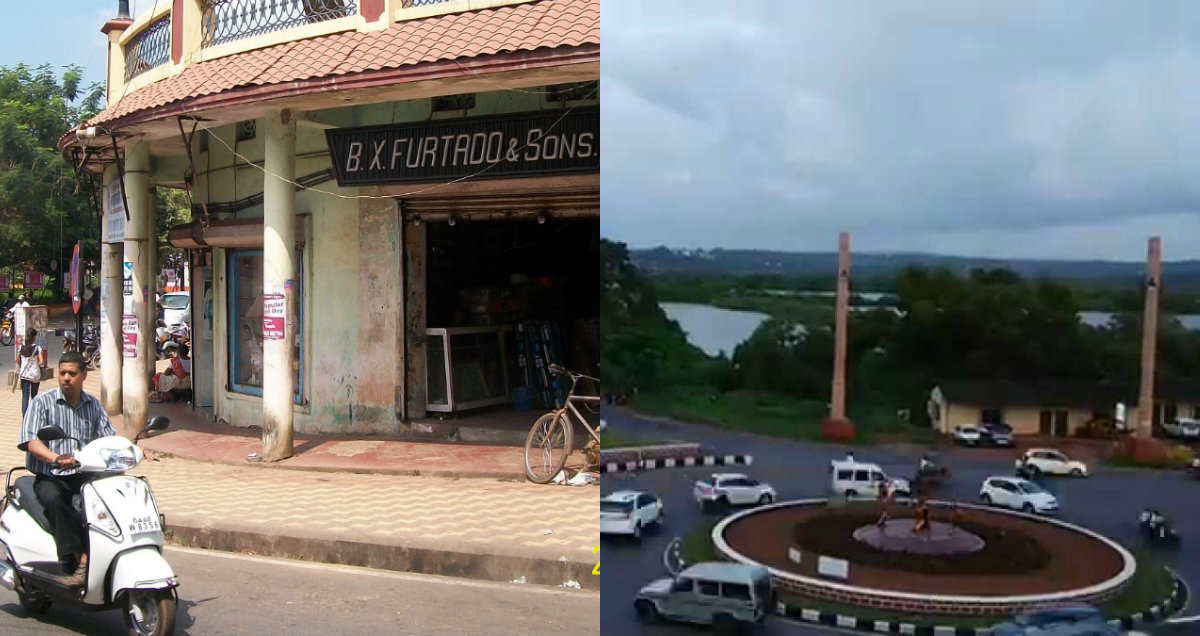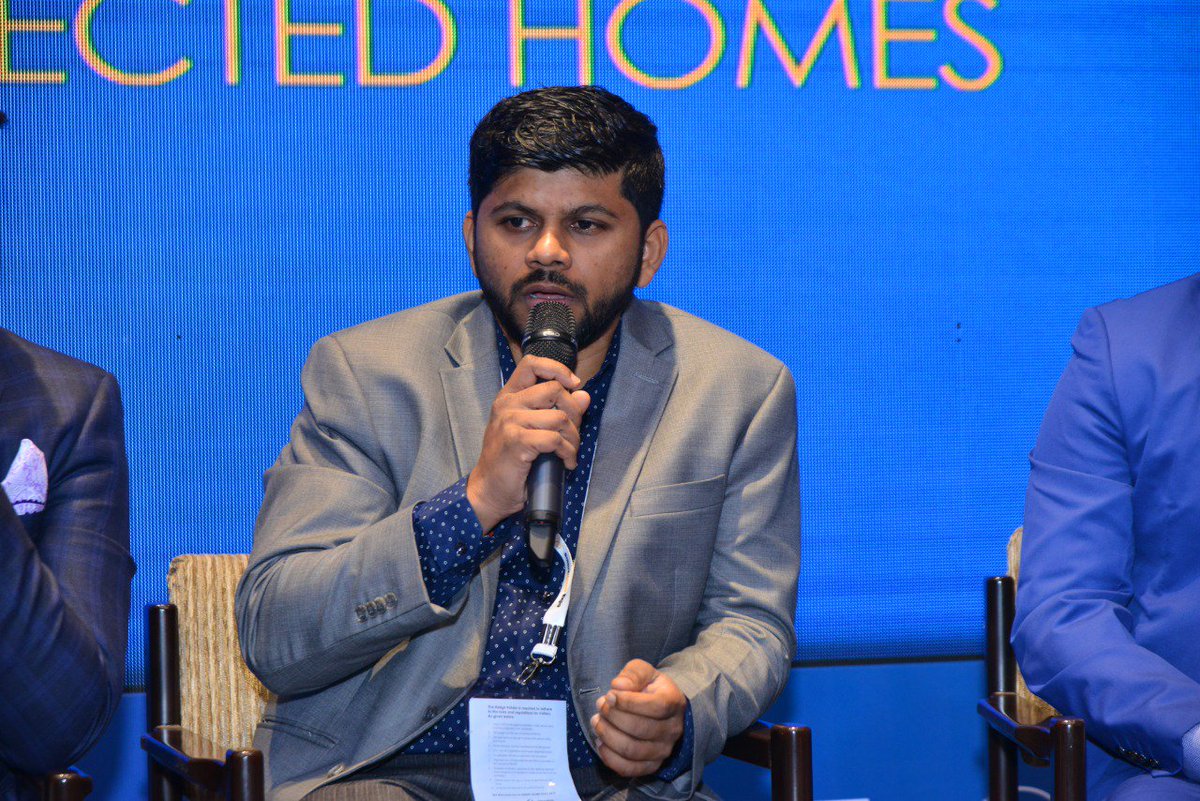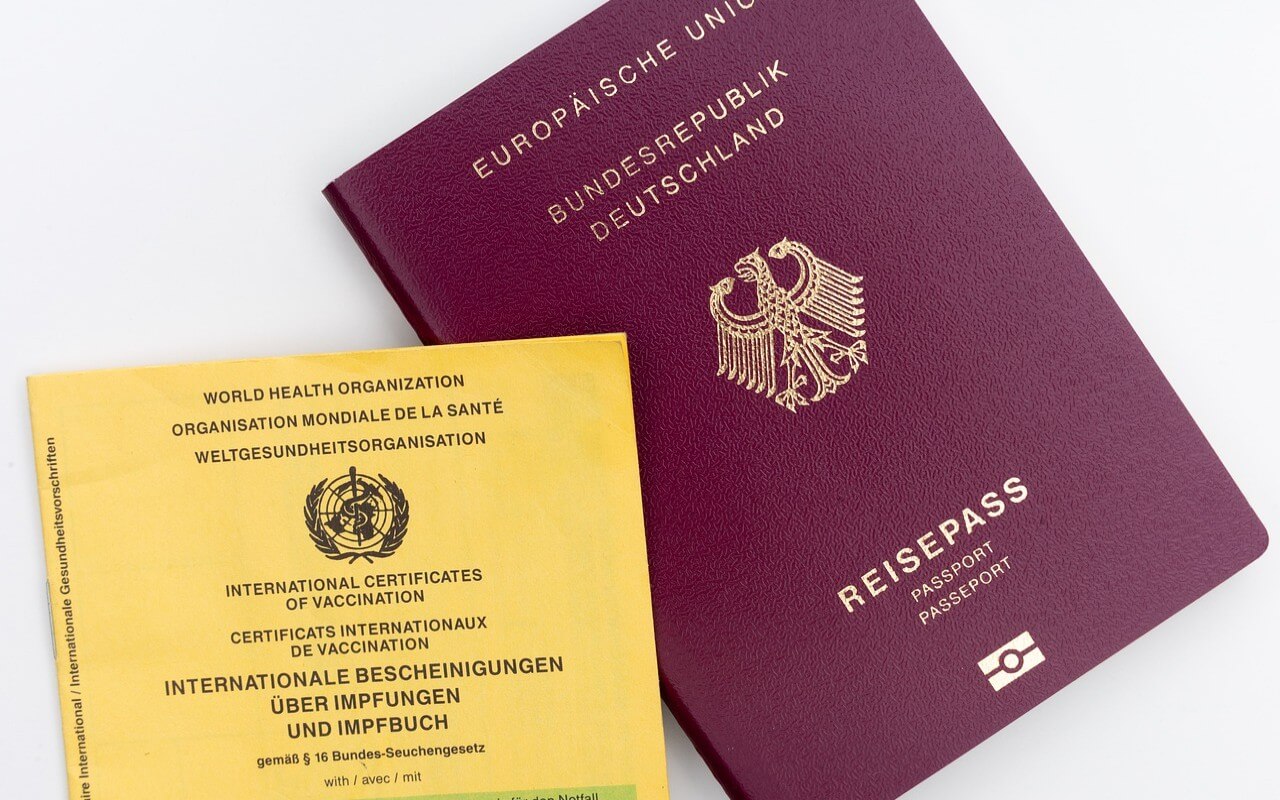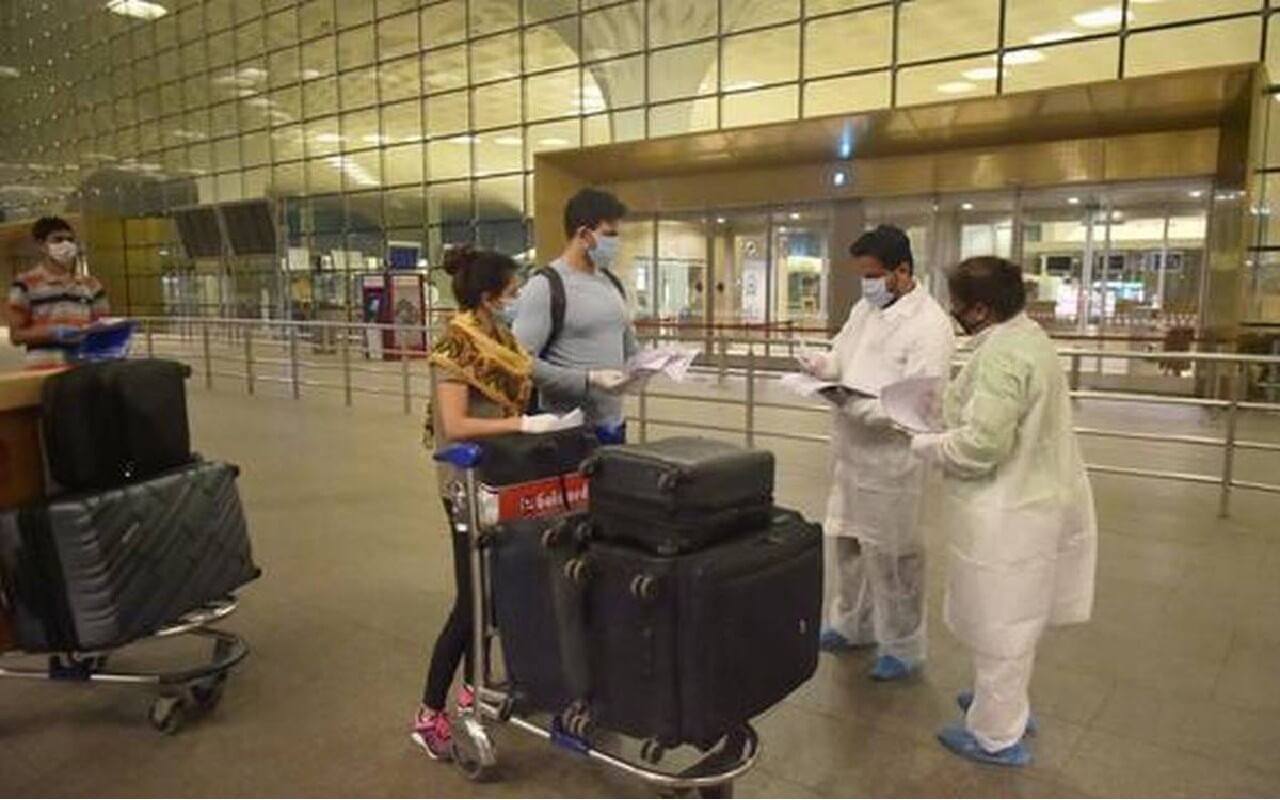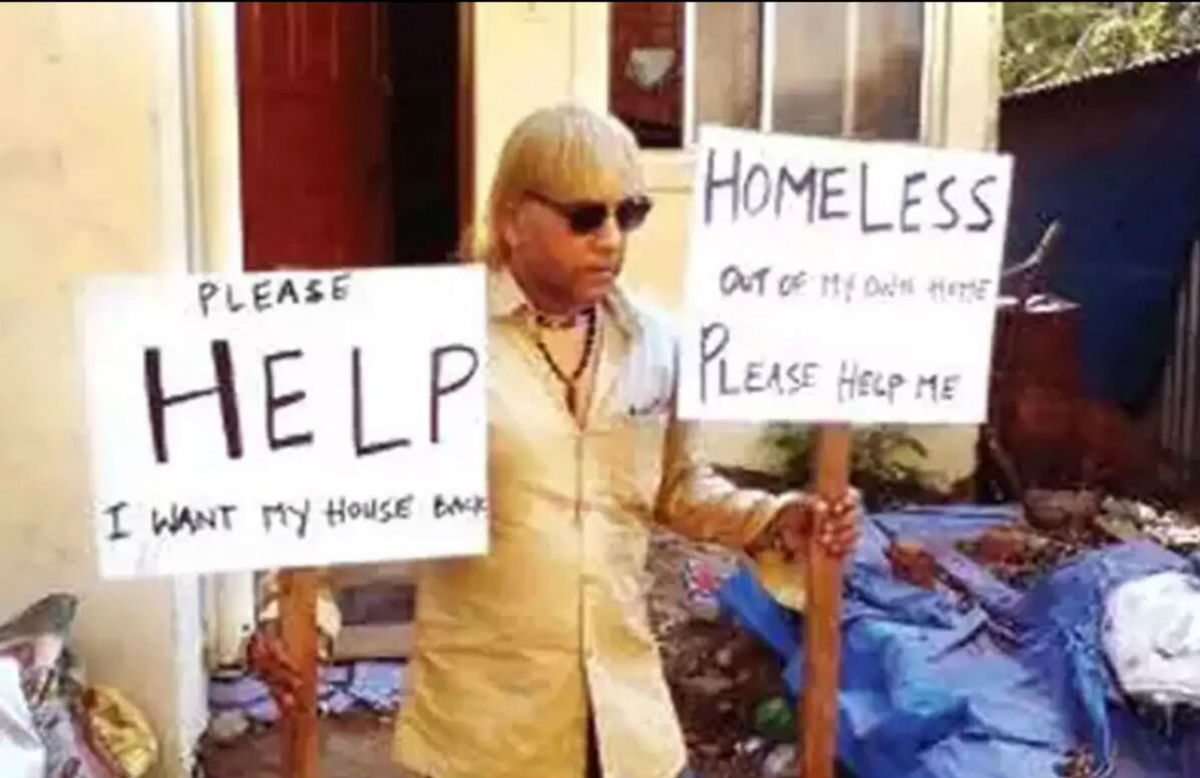Although the story of Goans being migrated to Pakistan and taking up their nationality has come up in the media recently with the term “Enemy”, in reality, the migration of Goans to Pakistan started long back in 1820. According to the sources, the Portuguese invasion of Goan goes back into the 15th century but the real transition of Goans (of Portuguese-Hindu pedigree) from one place to another, from Goa to Bombay, to Karachi, to Africa and other continents started, realistically speaking, sometime in 1820. When the British eyed Karachi as a future city of trade, commerce, leisure and strategy, and with Charles Napier occupying Sind, the advent of Goans in Karachi (Kurrachee) had begun. They came in dhows and anchored at the threshold of the city’s two ‘gates’ – Kharadar (Salty Door) and Mithadar (Sweet Door).
The recently grounded Pakistani Journalist Cyril Almeida has Goan roots. “I don’t see a very bright future for Pakistani journalism” Cyril uttered these words a year ago during a visit to Goa, Cyril Almeida may have had no idea that the future he was talking about would come true in less than a year.
Almeida, an assistant editor with Pakistan’s most reputed English daily Dawn, has been barred by Islamabad from leaving the country. The reason behind his grounding was the breaking a story on an “undisclosed” meeting last week between the country’s civil and military leadership where the government reportedly read out the riot act to the country’s army and its spy agency ISI.
According to the sources, he first visited Goa only in 2012 to participate in Goa Arts and Literary Festival (GALF), and then followed it up with two more visits, the last one in December 2015. His friends say the Almeda family still speaks Konkani at home.
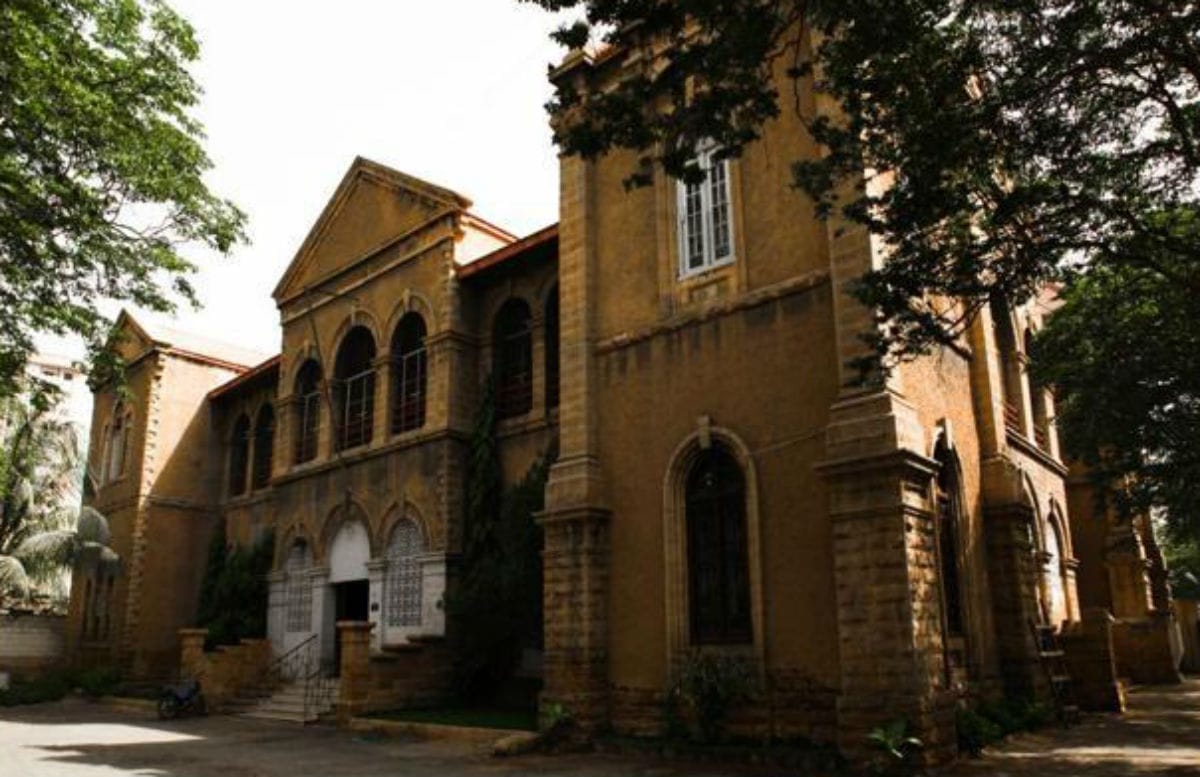
These enterprising people from Goa of pre-partition India have been living and working here, a sleepy fishing village-turned-megacity, since that time. They did not look back in their quest for a new homeland and prosperity, gave off their best, excelled in everything they touched, grew in numbers and affluence but gradually lost interest.
A large number of families, like gipsies and nomads, moved on, in search of greener pastures, leaving behind their trademark talents and footprints in the country of their choice, in this case, Pakistan. Though they have long gone, drifted away from the shores of their country, they will always have a little Pakistan in their hearts.
A recent email from Brian Gonsalves, a Goan from Karachi who now lives on the Island of Margarita, Venezuela, says it all. He writes, “My House in Venezuela is called ‘Pakistan’ – how is that for patriotism!!
The early Goans came here in large numbers brimming with hope, a mixed bag of talents and conquered the very fabric of the society by their sheer hard-work and resolve to succeed, wielding great influence on the local community.
Theoretically, a place like Karachi did not have an identity of its own. At the time of independence, the Hindus were leaving, the Panagirs (as they were referred then) were coming, and the Parsis and Goans were in essence, managing the affairs of the city. So in a nutshell, Karachi’s character as a well-planned, well-organized and well-administered city was truly the mainstay of these two civic-conscious communities.
Frank D’Souza, who was born in Karachi and studied here, became the first Indian to be appointed by the British as a member of the Railway Board of India. At the time of partition, Jinnah specifically requested Frank D’Souza for his help to set-up the Railway System in Pakistan. Frank agreed, but made one condition, that his home in Pakistan would be de-requisitioned. Jinnah and the Pakistan Government agreed. On completion of his job in Pakistan, Frank returned to India and gave his beautiful house in Karachi to the nuns to be used as a home for the aged. What an excellent man!
When on May 31, 1935, at 1.30 a.m., the great Quetta earthquake killed 75,000 people with one big jolt; a Goan Manuel Mendes working on the Sukkur Barrage Scheme was given charge of clearing the city of debris and corpses with teams of over 400 sappers and miners. He did it with dedication, determination, and distinction.
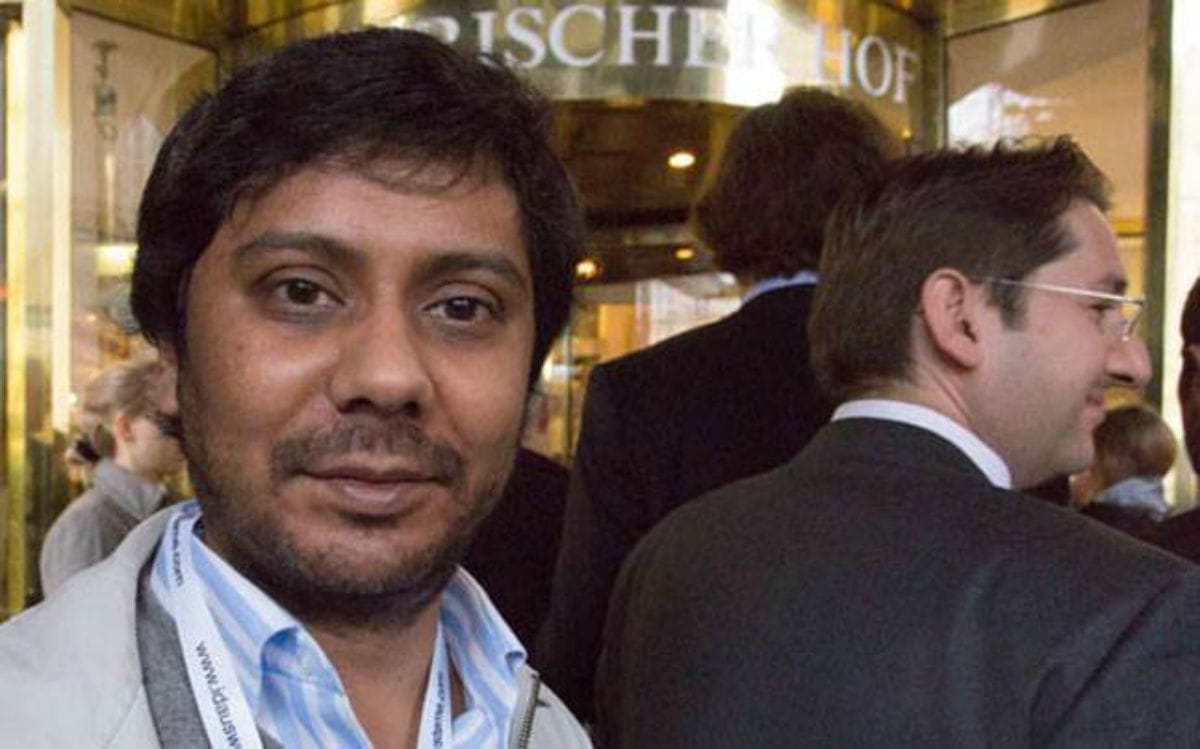
When Pakistan came into being in 1947, the prominence of Goans was evident from the fact that one of Karachi’s first elected Mayors was Manuel Mesquita; it was a time when the city’s judiciary, the armed forces, municipality, police, customs, telegraphs, hospitals, educational institutions, the port trust, railways and the world of music, sports and fashion, were without an iota of doubt, ruled by this highly educated, talented and law-abiding community.
In 1936 the name of the Goa-Portuguese Association was changed to the Karachi Goan Association (KGA) with C.M. Lobo as its first President. Manuel Mesquita, a former mayor of Karachi, twice served as President of the Karachi Goan Association, first from 1941 to 1942 and then again in 1954. According to Roland de Souza, a member, in 1947 the population of Karachi was around 400,000 of which the Goan community numbered roughly 12,000 to 15,000 or three to four per cent.
According to a leading newspaper “the Goan community brought a unique touch of exuberance and vivacity to the Karachi of the 1960s”. (Source)
Goans continue to live in Karachi today, about 10,000 odd but are relatively quiescent. Up to independence and a decade or two later, the community played an influential role in the city’s growing prominence as a major seaport, business hub and a stylish cosmopolitan metropolis – a sister-city to the Bombay constituency and a match to London’s grandeur! The many landmarks, now vandalized or vanished, and almost forgotten, are a testimony of the city’s eminence.
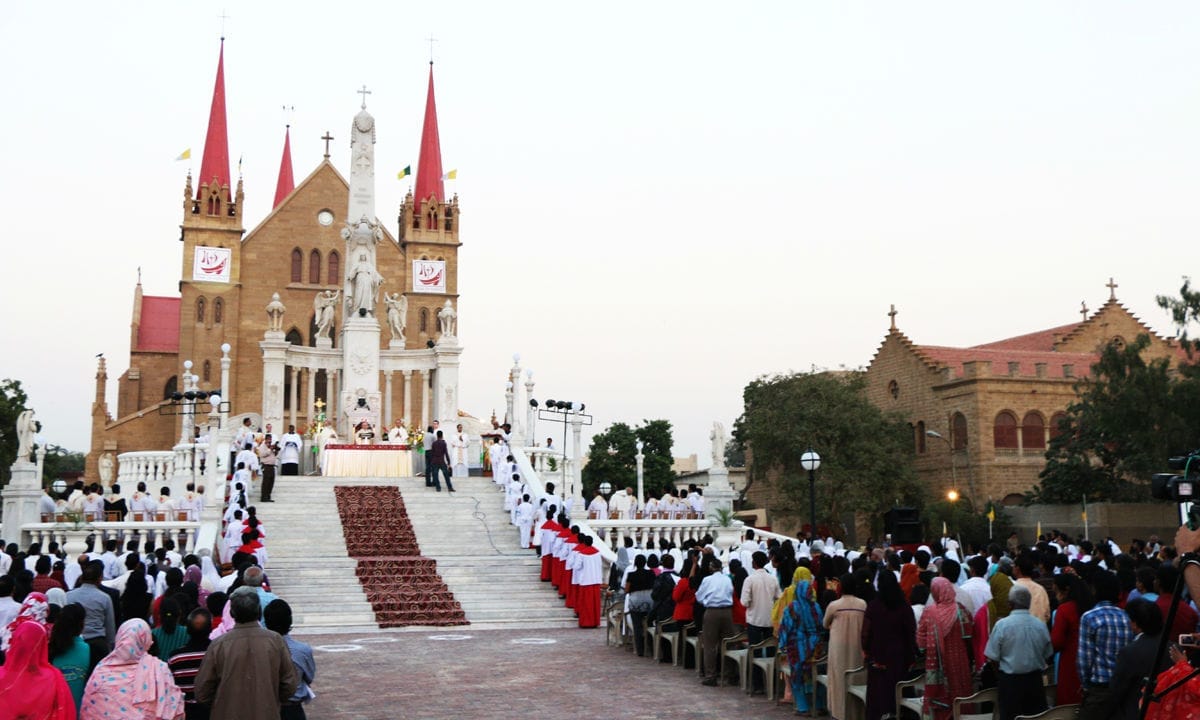
Sadly, today’s Karachi is in a great rush to exceed its own potential, making and breaking its own rules. The Goan community is all but forgotten, living in obscurity and marginalized due to the influx of cultures and communities who have no knowledge of the city’s glorious past. If one has to summarize the historical perspective of this city, it will have to be a dual effort – the Karachi and its people of another time and era, and the Karachi of today, a mixed pot of a multitude of communities, cultures and complex ethnicity and political problems.



